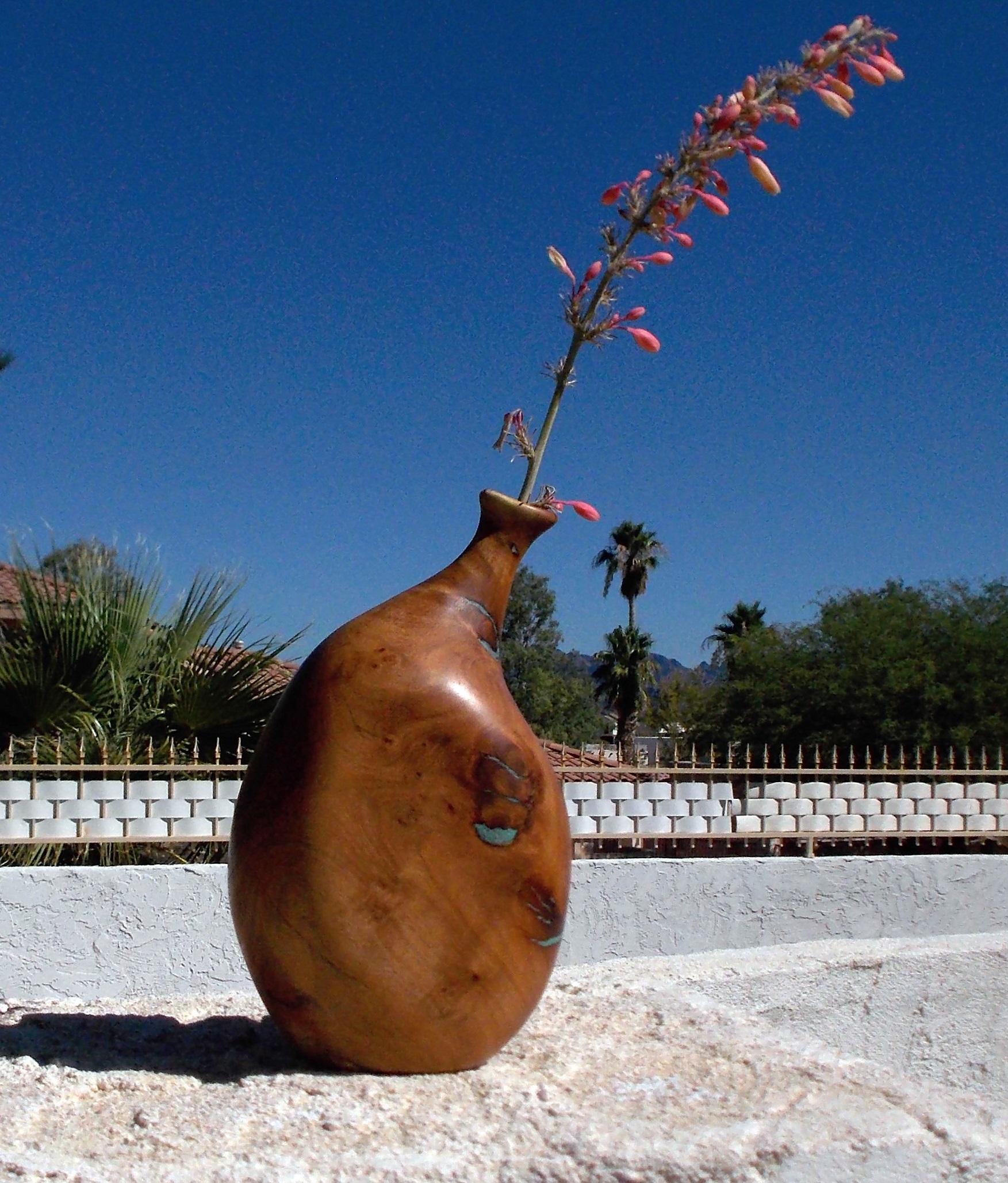Understanding Mesquite Weed: Nature's Resilient Plant And Its Impact
Mesquite weed, often regarded as a resilient and hardy plant, has become a topic of interest among gardeners, ecologists, and farmers alike. Known for its adaptability to arid environments, this plant thrives in conditions where others would struggle to survive. Its deep root system allows it to access water from great depths, making it a symbol of endurance in harsh landscapes. However, mesquite weed is not without controversy, as its invasive tendencies can disrupt ecosystems and agricultural lands. Understanding its characteristics and effects is crucial for managing its spread while appreciating its ecological contributions.
While some view mesquite weed as a nuisance due to its rapid growth and ability to outcompete native vegetation, others recognize its value as a source of food, fuel, and even medicine. Indigenous communities have long utilized mesquite pods for their nutritional benefits, and its wood is prized for its aromatic properties in cooking and crafting. As climate change intensifies and arid regions expand, the role of mesquite weed in stabilizing soil and preventing erosion becomes increasingly significant. This duality of challenge and opportunity makes mesquite weed a fascinating subject of study.
Whether you're a gardener seeking to control its spread or an environmentalist eager to understand its ecological role, mesquite weed offers a wealth of insights. Its presence in landscapes around the world highlights the delicate balance between nature's resilience and human intervention. In this article, we will explore the origins, uses, and management strategies for mesquite weed, shedding light on its complexities and potential benefits. By the end, you'll have a comprehensive understanding of this remarkable plant and how it shapes the environments it inhabits.
Read also:Who Is Yajana Cano Exploring The Life And Legacy Of A Remarkable Figure
Table of Contents
- What Is Mesquite Weed?
- How Does Mesquite Weed Grow?
- Ecological Impact of Mesquite Weed
- Uses and Applications of Mesquite Weed
- Can Mesquite Weed Be Controlled?
- Mesquite Weed and Climate Change
- What Are the Best Management Practices for Mesquite Weed?
- Frequently Asked Questions About Mesquite Weed
What Is Mesquite Weed?
Mesquite weed, scientifically known as Prosopis, belongs to the legume family and is native to arid and semi-arid regions across the Americas, Africa, and Asia. It is characterized by its small, greenish-yellow flowers, thorny branches, and distinctive seed pods. These pods are not only a food source for wildlife but also have historical significance for human consumption. Mesquite weed is often found in desert landscapes, where its ability to thrive in poor soil conditions and withstand drought makes it a natural survivor.
One of the most notable features of mesquite weed is its extensive root system, which can extend up to 50 feet below the surface. This adaptation allows the plant to access groundwater, ensuring its survival in some of the driest environments on Earth. While this resilience is admirable, it also contributes to mesquite weed's invasive nature. Once established, it can spread rapidly, outcompeting native vegetation and altering the local ecosystem. Its thorny structure can also pose challenges for livestock and wildlife, making it a double-edged sword in agricultural settings.
Despite its invasive tendencies, mesquite weed has cultural and economic significance. Its wood is highly valued for its durability and unique aroma, often used in furniture-making and as a flavoring agent in barbecues. Additionally, the pods can be ground into a nutritious flour, rich in protein and fiber, offering a sustainable food source. Understanding the dual nature of mesquite weed—both as a resilient survivor and a potential threat—is key to managing its presence effectively.
How Does Mesquite Weed Grow?
Mesquite weed's growth process is a fascinating example of nature's ingenuity. The plant begins its life as a small seed, often dispersed by animals that consume its pods. These seeds can remain dormant in the soil for years, waiting for the right conditions to germinate. Once conditions are favorable—typically after a period of rainfall—the seeds sprout, and the plant begins its rapid growth phase. Mesquite weed's ability to thrive in poor soil is due to its nitrogen-fixing properties, which enrich the soil and allow it to establish itself in otherwise barren areas.
Seed Dispersal and Germination
The dispersal of mesquite weed seeds is primarily facilitated by animals, particularly birds and mammals, that consume the pods and excrete the seeds in new locations. This natural process ensures the plant's spread across vast distances. Once the seeds find themselves in a suitable environment, they require moisture to break their dormancy. Germination typically occurs during the rainy season, when water availability is at its peak. This timing allows the young plants to establish themselves before the dry season sets in.
Growth Patterns and Adaptations
As mesquite weed matures, it develops its hallmark deep root system, which is crucial for its survival in arid climates. This root system not only provides access to water but also stabilizes the soil, preventing erosion. The plant's thorny branches serve as a defense mechanism against herbivores, ensuring its survival in ecosystems where grazing animals are common. Additionally, mesquite weed's ability to fix nitrogen in the soil benefits nearby plants, creating a symbiotic relationship within the ecosystem.
Read also:What Disease Does Tommy Lee Jones Have Uncovering The Truth Behind The Rumors
Ecological Impact of Mesquite Weed
Benefits to the Ecosystem
Mesquite weed plays a vital role in maintaining ecological balance in arid regions. Its deep roots help prevent soil erosion, while its nitrogen-fixing properties enrich the soil, promoting the growth of other plant species. The plant also provides habitat and food for a variety of wildlife, from birds to insects. In some areas, mesquite weed has been used in reforestation projects to restore degraded lands and combat desertification.
Challenges Posed by Mesquite Weed
On the flip side, mesquite weed's invasive tendencies can disrupt native ecosystems. Its rapid growth and ability to outcompete other vegetation can lead to a loss of biodiversity. In agricultural settings, mesquite weed can reduce crop yields by monopolizing water and nutrients. Its thorny structure can also pose challenges for livestock, making it a contentious presence in pastoral landscapes.
Uses and Applications of Mesquite Weed
Mesquite weed's versatility extends beyond its ecological role. Its wood is highly prized for its durability and aromatic properties, making it a popular choice for furniture, flooring, and even musical instruments. In culinary applications, mesquite wood is often used as a flavoring agent in barbecues, imparting a smoky, earthy taste to grilled foods. The plant's pods, rich in protein and fiber, can be ground into flour and used in baking or as a nutritional supplement.
Can Mesquite Weed Be Controlled?
Controlling mesquite weed is a complex challenge due to its resilience and rapid growth. Mechanical methods, such as cutting or uprooting, are often ineffective unless combined with chemical treatments. Herbicides can be used to target mesquite weed, but they must be applied carefully to avoid harming other plants. Biological control methods, such as introducing natural predators, are also being explored as a sustainable solution.
Integrated Management Strategies
For effective control, an integrated approach is often recommended. This involves combining mechanical, chemical, and biological methods to target mesquite weed at different stages of its growth cycle. Regular monitoring and early intervention are key to preventing its spread and minimizing its impact on native ecosystems.
Mesquite Weed and Climate Change
As climate change intensifies, the role of mesquite weed in arid ecosystems becomes increasingly significant. Its ability to thrive in harsh conditions makes it a potential ally in combating desertification and stabilizing soil. However, its invasive tendencies could also exacerbate the challenges faced by native vegetation. Understanding how mesquite weed interacts with changing climates is crucial for developing sustainable land management practices.
What Are the Best Management Practices for Mesquite Weed?
Managing mesquite weed requires a balance between controlling its spread and harnessing its benefits. Best practices include regular monitoring of affected areas, implementing integrated control methods, and promoting awareness of its ecological role. Collaborative efforts between farmers, ecologists, and policymakers are essential for developing effective strategies that address the challenges posed by mesquite weed while preserving its contributions to the ecosystem.
Frequently Asked Questions About Mesquite Weed
Is Mesquite Weed Harmful to Livestock?
Mesquite weed can pose challenges for livestock due to its thorny structure and ability to dominate grazing lands. However, its pods can serve as a food source during times of scarcity, making it a mixed blessing for pastoralists.
Can Mesquite Weed Be Used in Sustainable Agriculture?
Yes, mesquite weed's nitrogen-fixing properties and ability to stabilize soil make it a valuable asset in sustainable agriculture. However, its invasive tendencies must be carefully managed to prevent it from outcompeting crops.
How Does Mesquite Weed Contribute to Climate Change Mitigation?
Mesquite weed helps combat desertification and stabilizes soil, which can mitigate the effects of climate change. Its deep root system also sequesters carbon, contributing to efforts to reduce atmospheric CO2 levels.
In conclusion, mesquite weed is a complex and multifaceted plant that offers both challenges and opportunities. By understanding its characteristics and ecological role, we can develop strategies to manage its spread while harnessing its benefits. Whether you're a gardener, farmer, or environmentalist, mesquite weed's resilience and versatility make it a plant worth studying and appreciating.
For further reading on mesquite weed and its ecological significance, you can explore this external resource.
Challenger Disaster Remains: Uncovering The Legacy And Lessons Learned
Understanding Gianna Bryant's Autopsy: A Comprehensive Analysis
Unveiling The Mystery: What Are Challenger Bodies Found?

Mesquite Weed Pot 2 Don Burda Design

Green Ghost 🌿👻 Weed Shop Premium Cannabis Buds Menu